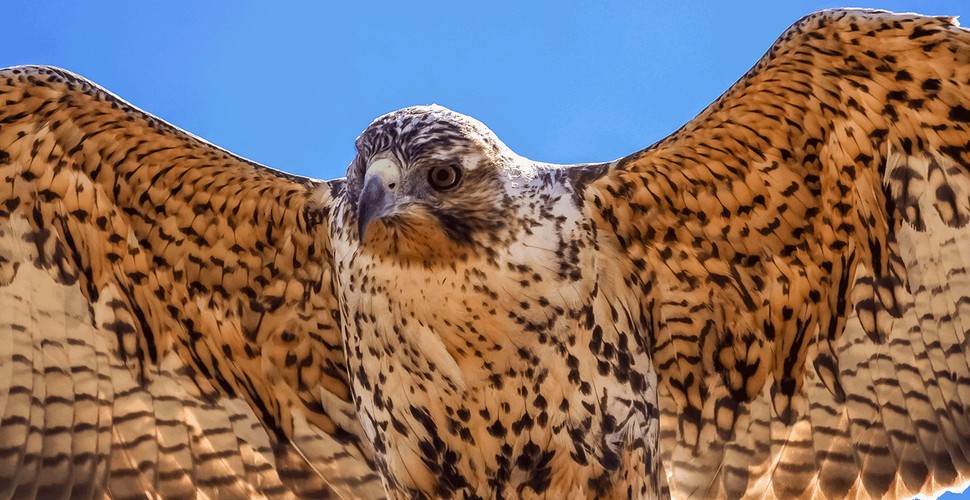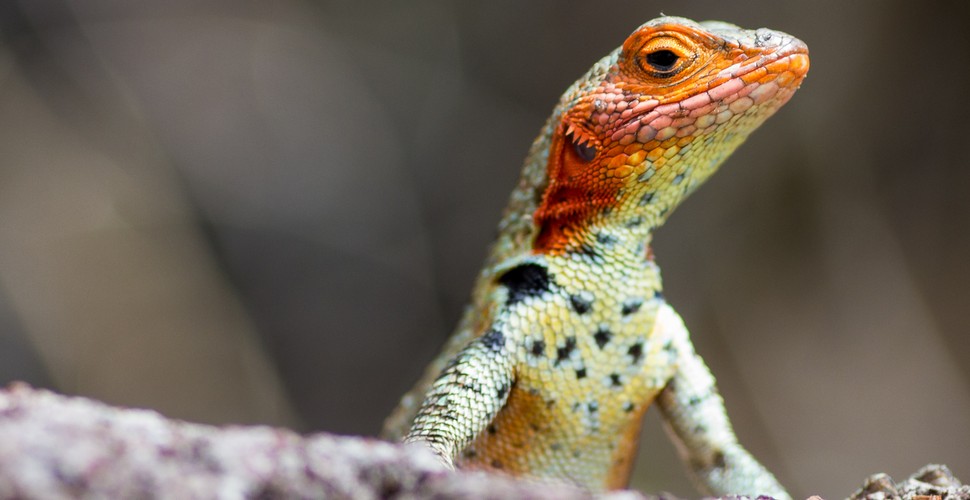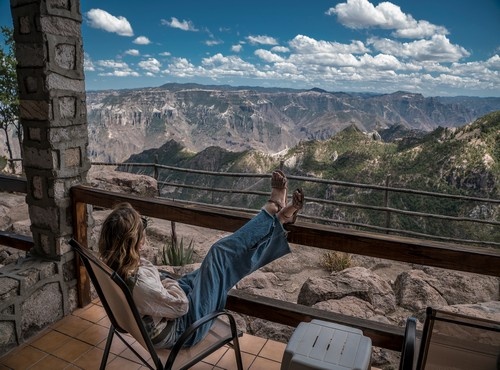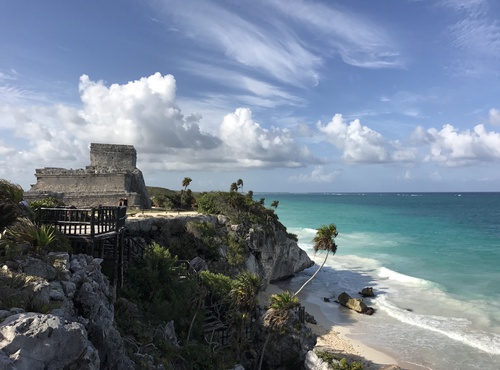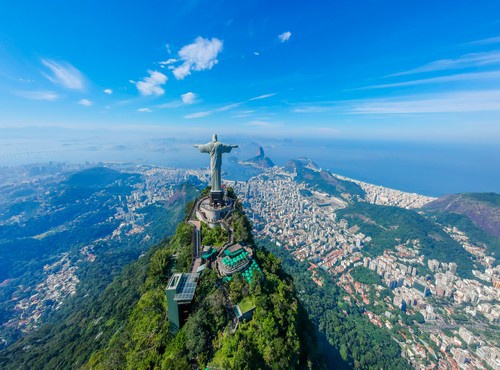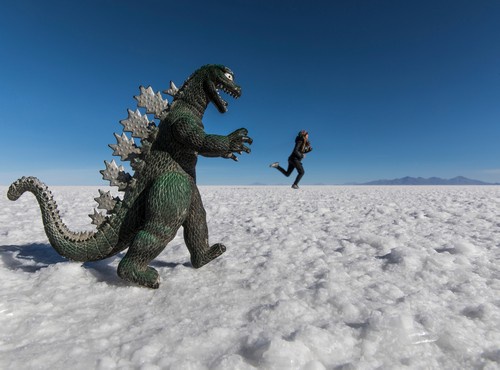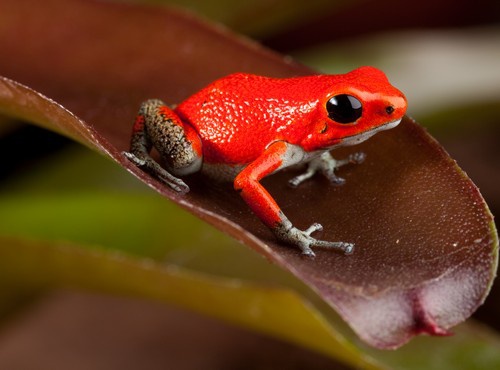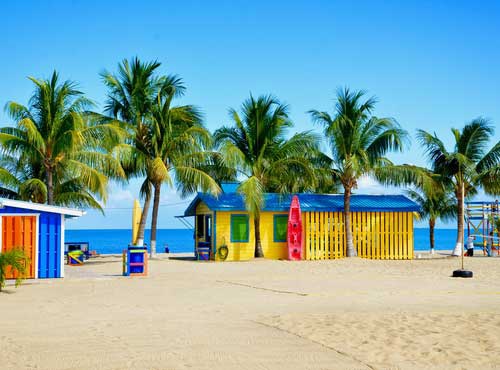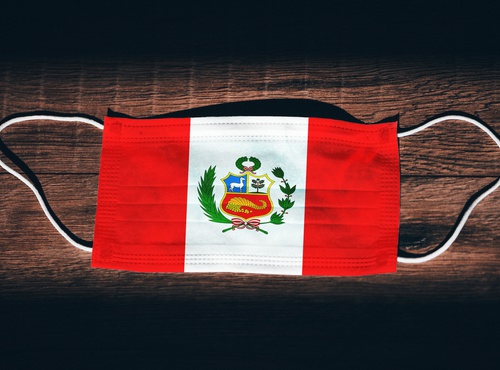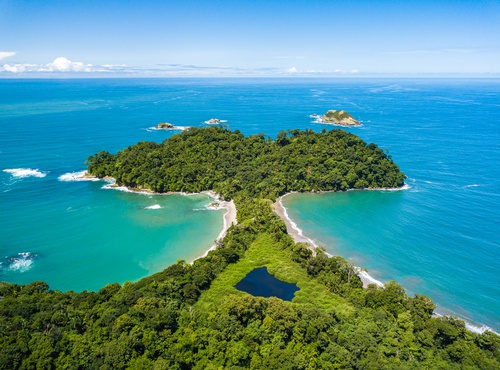
Written by:undefined undefined
Published: 04-09-2021
If you are dreaming of a trip to the Galápagos Islands to observe the impressive array of endemic animal species, these incredible islands offer some of nature’s most mind-blowing examples of evolution. The islands are blessed with endemic species who are more than happy to pose for the perfect holiday shot or swim alongside you in the Galapagos´ waters. Take photos, a diary and a sound recorder for some of the most unbelievable animal encounters on the planet!
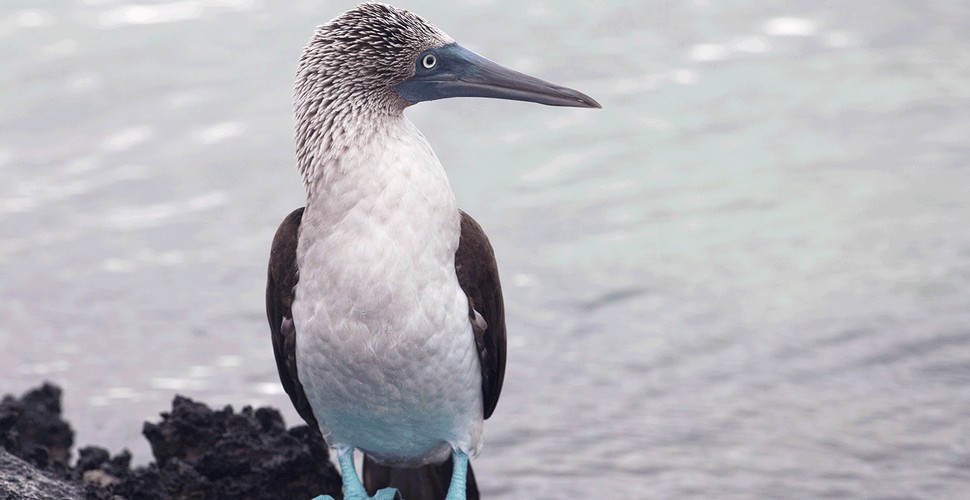
Blue footed booby
Galapagos Tortoises
Galapagos tortoises are one of the longest-living species in the world. This remarkable animal often lives beyond 150 years old and are easily recognised by their incredibly large size and slow walking speed. These humungous animals can mate all year round, but generally the females lay eggs, which normally hatch between April and December.
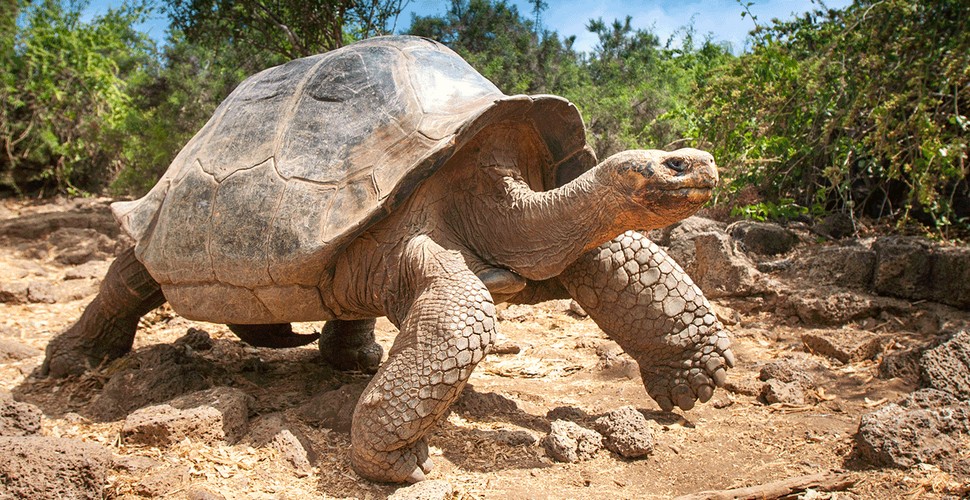
Galapagos Tortoise
Darwin’s Finches
These birds are named of course after the famous naturalist Charles Darwin. He discovered these birds on his second visit to the islands and there exist 13 sub-species of finches recorded on the Galápagos Islands. It was Darwin who discovered that they had distinctive characteristics from island to island, as the birds had adapted to each of the different environmental conditions found on each Galapagos island.
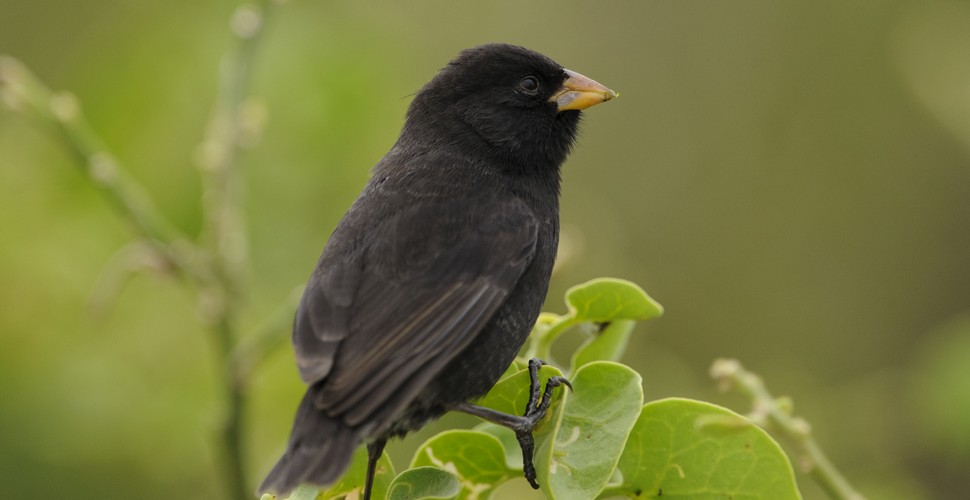
Darwin Finch
Galapagos Fur Seals
The Galapagos fur seal is a lot smaller than a sea lion, with thicker fur, a pointier nose and a wider forehead. The fur seal is a quieter version of the sea lion and live in large colonies on rocky shores of The Galapagos Islands. Unfortunately, their numbers are in decline after many of them were hunted for their fur in the 1800s, and used as a popular fashion accessory, at the time.

Fur Seal pup
Marine Iguanas
Marine iguanas can be seen on the majority of the Galapagos Islands. They are excellent swimmers and if you head out snorkelling or diving around the shores, you may just find them swimming alongside you! These sociable animals love to sunbathe on the rocks to warm up after swimming in the cold water. Scientists believe that iguanas from South America drifted out to sea millions of years ago from other areas of South America, arrived at the Galápagos Islands and evolved into marine iguanas.

Marine iguana
Flightless Cormorants
Flightless cormorants, are so-called because they cannot fly of course and is the only cormorant who has lost this important bird-like ability. Their wings are only a third of their body size, meaning they cannot take-off. They are however, great swimmers and can dive deep into the water, where they feed on octopus and eels. You can see these birds on Isabela and Fernandina islands and thankfully, their numbers are now on the increase as the result of successful conservation work.

Flightless cormorant
Large Painted Locusts
These bright and cheerful locusts are an important part of the food chain in the Galápagos Islands, being the main food source of the endemic Galápagos hawks and lava lizards. The locusts can be found on all the islands except Española Island. They are excellent long-jumpers and prefer to inhabit humid forests, which is why the best time to spot them is during the rainy season.

Painted Locust
Galapagos Penguins
You can find the second-smallest penguin in the world on the Galápagos Islands, the smallest being the blue penguin, found in Australia and New Zealand. The Galápagos penguins are the only penguins you can find north of the equator and are the only species without a specific breeding season. The Galapagos penguins pant when they are hot and they love to sunbathe on rocky cliffs, when they get too hot, they jump into the ocean to cool down. They always keep an eye out for predators, but their biggest threat today is climate change and oil pollution.
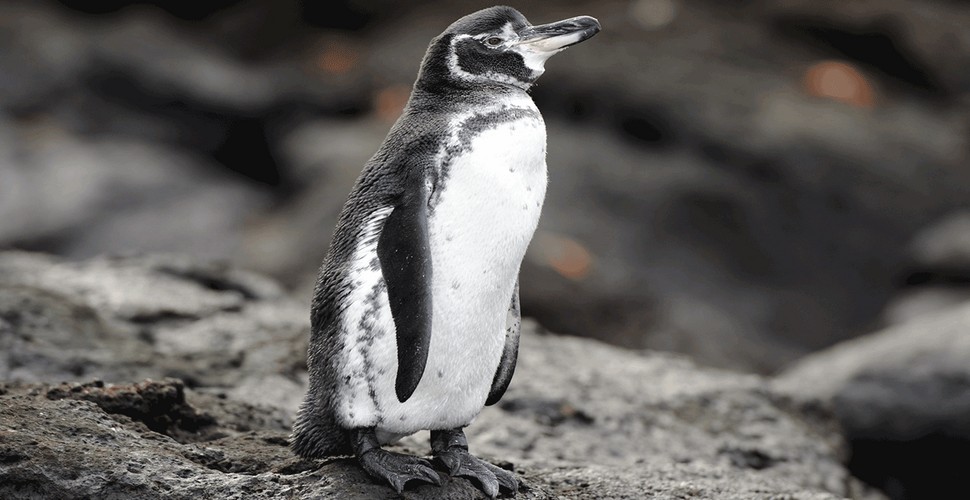
Galapagos Penguin
Galapagos Mockingbirds
Galapagos mockingbirds mainly hunt on foot, instead of flying. They can be found on most of the Galápagos Islands, except for San Cristobal, Española and Floreana, which have their own species of mockingbird,which have adapted to life on those specific islands. Charles Darwin studied these mockingbirds closely to find out how they had evolved to adapt to their environments.
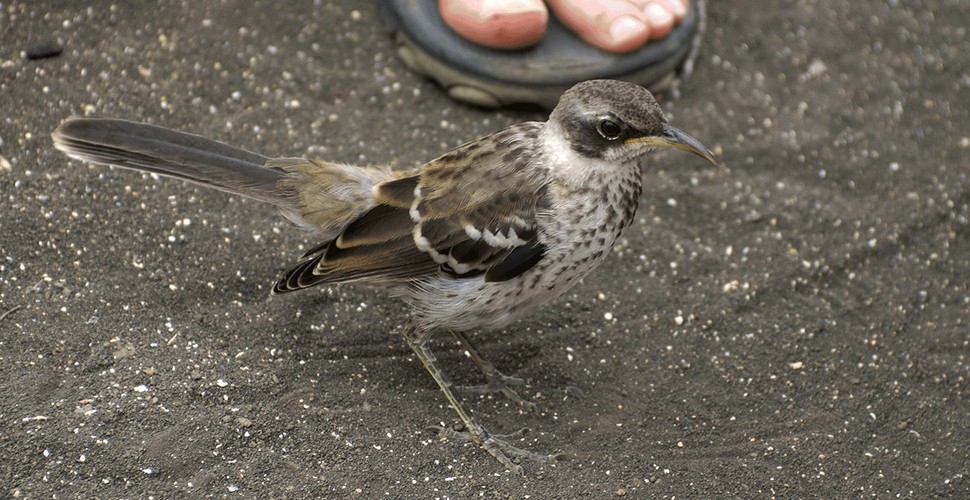
Galapagos Mockingbird
Lava Lizards
These tiny lizards with pointy heads and long tails, will change colour if they feel threatened or if there is a dramatic change in temperature. Both females and males are quite territorial and protect their habitat, with the males being more aggressive and larger than the females. If their tail is damaged in any way, they can grow a new one! Lava Lizards in the Galapagos, live in large groups in arid areas, usually on top of lava and thy generally change their colour to the colour of the lava as a form of camouflage.
Lava Lizard
Galapagos Flamingos
Galápagos flamingos are somewhat brighter pink than your average pink flamingo! This is due to their mineral rich diet of certain crustaceans of a pink persuasion! The Galápagos flamingos usually stand on one leg, which is their resting position. They can be found in numbers on Isabela, Rábida, Santiago and Floreana islands.

Galapagos Flamingo´s
Galápagos Hawks
Galápagos hawks can be found on most of the Galápagos Islands, but their population has dropped in numbers over recent years. They are colour-blind but otherwise have incredibly good vision. They are an important bird in the food chain of the Galapagos and their diet consists of lava lizards, small rodents and snakes.
